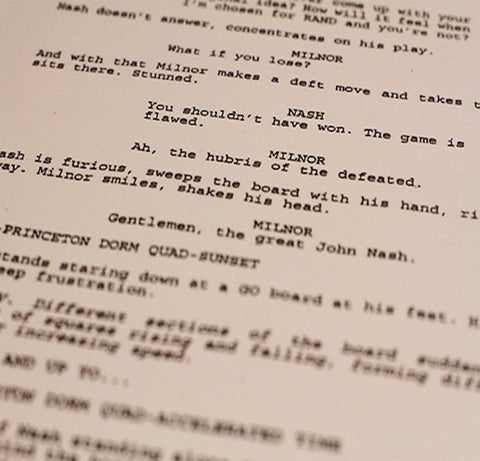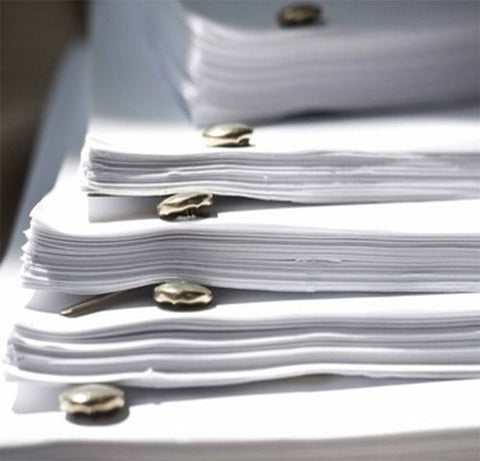
Plot Point
Screenwriting often works best when it adheres to a very strong three-act structure. Does every movie in the entire history of cinema have a tight structure, or need one? No. But. Especially when it comes to “commercial” writing, as much as possible we want the script to plug into structure. The idea being that structure offers a guide for both the story/writer, and the audience; we know what the story is doing and where it is going, thus giving the narrative contour and momentum.
There are several plot points, but here let’s focus on plot point one. Plot point one typically lands on or around pg 30-33. It is the plot point at which “the movie begins.” Or, to be more specific, we begin delivering on the promise of the movie’s logline and marketing.
For example, let’s say we have an action-adventure about an explorer who’s going to find the Lost MacGuffin. The one-sheet (the poster) shows us an adventurer looking for the Lost MacGuffin. The trailers show us an adventurer looking for the Lost MacGuffin. The marketing is selling the audience on the idea of watching a movie about an adventurer looking for the Lost MacGuffin, and how that might be a fun thing to do on Friday night.
In the screenplay, on or around pg 30-33, we need our protagonist to set out to find the Lost MacGuffin. We’re fulfilling the promise of the movie. We have plot beats leading up to plot point one – the first-10 and the inciting incident – but they are build-up to plot point one, so we a) understand what’s happening at plot point one; b) are emotionally invested in the narrative beginning at plot point one. It’s where we fully shift into the main action of the A-story.
Plot point one is also where the protagonist begins the emotional journey of the internal arc. Because: activating plot point one typically involves a big choice on the protagonist’s part (that will in turn lead to development and self-discovery), and also represents the pursuit of the protagonist’s wants/desires/goals as they exist at the top of the story, the changing of which will become the juxtaposition in acts two and three.
That is: in act one, the protagonist wants X, and at plot point one goes in pursuit of X. We use the external plot beat (paying off the promise of the logline; getting into the action of the A-story) to also clarify the internal arc beat (who the protagonist is at the beginning of the story; what they want and why). With that fixed in the audience’s minds, they are then able to understand the protagonist’s emotional choices and change.
I’ve read a lot of scripts in which we blow past page 30 and nothing in particular happens. Then page 40… and maybe around pg 50 we might start getting serious about the A-story. This is way too late. We want a big, clear, strong plot point one at pg 30.




